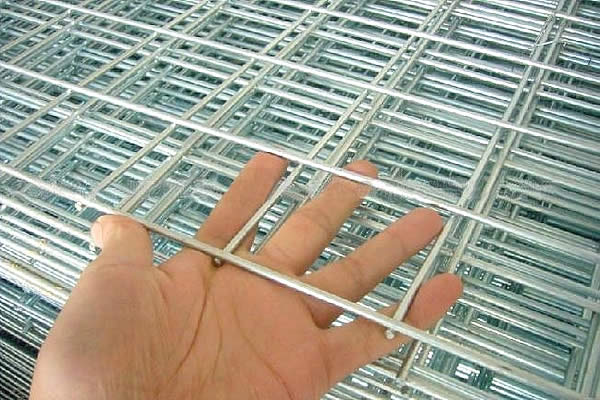 TEL:
+86-13102802206
TEL:
+86-13102802206
 Email:
fencenetting@china.com
Email:
fencenetting@china.com
 Language
Language
 TEL:
+86-13102802206
TEL:
+86-13102802206
 Email:
fencenetting@china.com
Email:
fencenetting@china.com
 Language
Language


The Concept of Stone Walls in Wire Mesh A Unique Fusion of Tradition and Modernity
When we think about the craftsmanship and aesthetics of stone walls, images of solid structures built through painstaking effort often come to mind. These walls, often associated with ancient civilizations and rustic charm, have stood the test of time, serving both practical and decorative purposes. In contrast, wire mesh is a material that resonates with modernity, characterized by its flexibility, versatility, and efficiency. The fusion of stone walls with wire mesh offers an intriguing approach to architecture and landscape design, merging traditional aesthetic appeal with contemporary techniques.
The Essence of Stone Walls
Stone walls have been used for centuries, primarily for their durability and resistance to the elements. Whether in rural farms, majestic castles, or simple garden enclosures, stone walls symbolize strength and permanence. Their textures, colors, and patterns vary depending on the type of stone utilized, such as granite, limestone, or sandstone. Moreover, these walls blend harmoniously with natural landscapes, showcasing a deep respect for the environment and the materials sourced directly from the earth.
Introducing Wire Mesh
Wire mesh, on the other hand, revolutionized various fields, including construction, agriculture, and art. Its lightweight and customizable characteristics make it an asset for many applications. Wire mesh can be formed into panels for fencing, reinforcement in concrete, or even intricate sculptures in contemporary art. Its transparency allows for light and air to pass through while still providing a sense of security and enclosure.
Creating a Fusion Stone Walls in Wire Mesh

The concept of utilizing stone walls within wire mesh structures opens up new design possibilities. Imagine a garden surrounded by a robust frame of wire mesh, filled with natural stones that provide visual interest and structural integrity. This design not only enhances the aesthetic appeal but also ensures longevity and stability. The grid-like formation of the wire mesh allows for the easy insertion of stones, which can create an organic look, reminiscent of a natural rock formation.
Furthermore, the combination of these two materials can address modern challenges in sustainability. By using local stones and recycled wire mesh, builders and designers can create eco-friendly structures that are both beautiful and functional. This method significantly reduces the carbon footprint associated with material transportation and promotes the use of sustainably sourced resources.
Functional Benefits
Beyond the aesthetic and environmental advantages, incorporating wire mesh into stone wall designs introduces functional benefits as well. For instance, stone walls can effectively provide noise reduction, but when integrated with wire mesh, they can allow for ventilation and drainage, preventing moisture buildup and soil erosion. This hybrid design becomes an excellent choice for gardens, parks, and commercial landscapes where managing both aesthetics and practicality is crucial.
Additionally, wire mesh frameworks can be used to support climbing plants, providing added greenery to stone walls and creating a unique interplay between natural and artificial elements. Plants like ivy or climbing roses can cascade over the stones, softening the hard edges and further enhancing the organic feel of the structure.
Conclusion
The blend of stone walls with wire mesh transcends mere architectural experimentation; it is a celebration of tradition marrying innovation. As we look toward the future of design and construction, embracing such hybrid methodologies may prove essential for achieving sustainability, efficiency, and aesthetic harmony. This approach allows us to honor the ancient craft of stonemasonry while reinterpreting it through the lens of modern materials and techniques, ultimately paving the way for a new understanding of our built environment. Whether it serves as a boundary, a decorative feature, or a support for greenery, the culmination of stone walls and wire mesh encapsulates a forward-thinking vision for architecture, one that harmonizes the past with the present.